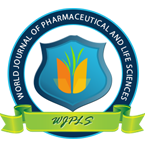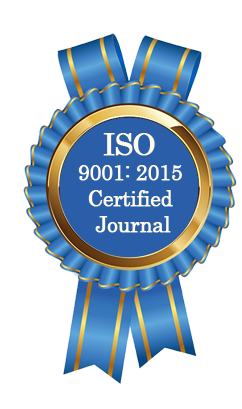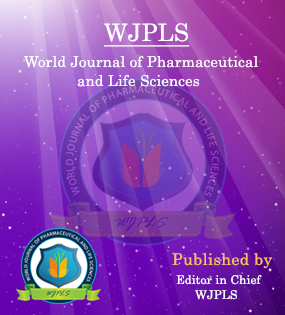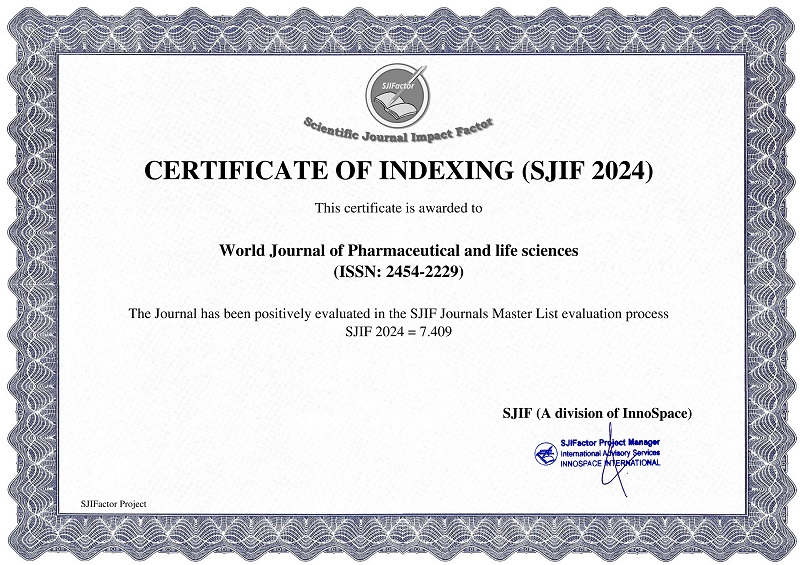Abstract
EVALUATION OF TERMINAL HEAT TOLERANCE OF BREAD WHEAT ON THE BASIS OF PHYSIOLOGICAL TRAITS
Anjali Tripathi and Girish Chandra Pandey*
ABSTRACT
Wheat (Triticum aestivum L.), an important cereal crop for the majority of the world's population, is a staple diet
for around two billion people. Wheat produces roughly 55% of the carbs and 20% of the dietary calories consumed
worldwide. Relative water content has been used to assess the impact of abiotic conditions on wheat, such as
drought and heat stress. Plant vigor is a comprehensive measure of plant health and performance, and its decline
suggests that heat stress can have detrimental effects on plant physiology, possibly due to water loss. Under heat
stress, chlorophyll loss in leaves occurs due to the fast degradation of chlorophyll. chlorophyll content is related to
heat tolerance and stay green traits. A high chl conc. in wheat can be a criterion for selecting heat-resistant wheat.
The calculated chlorophyll concentration can be compared with the standard values for the plant species being
analyzed to determine if the plant is healthy or stressed. Higher chlorophyll levels indicate healthier plants, while
lower levels may indicate stress or disease. Average value of relative water content 83.0 % in TS and 69.6% in LS
conditions crop season 2021-2022. And in crop season 2022-2023, 81.6% in TS and 72.0% in LS conditions
respectively. Average value of chlorophyll content 30.0mg/g in TS and 21.0mg/g in LS conditions, in crop season
2021-2022. And in crop season 2022-2023, 26.6mg/g in TS and 18.0mg/g in LS conditions respectively.
WJPLS CITATION 
| All | Since 2020 | |
| Citation | 590 | 424 |
| h-index | 12 | 10 |
| i10-index | 17 | 14 |
INDEXING
NEWS & UPDATION
BEST ARTICLE AWARDS
World Journal of Pharmaceutical and life sciences is giving Best Article Award in every Issue for Best Article and Issue Certificate of Appreciation to the Authors to promote research activity of scholar.
Best Article of current issue
Download Article : Click here





